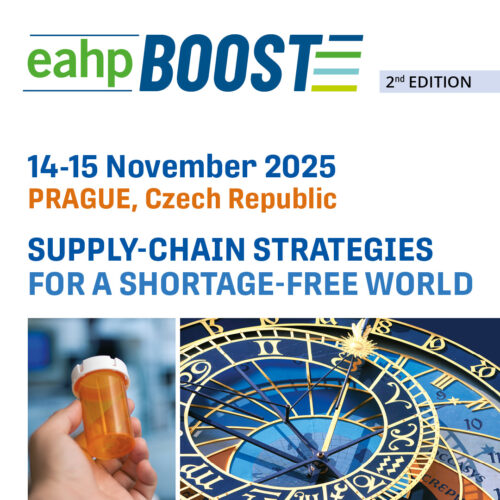ELECTRONIC RECORDING OF MEDICATION RECONCILIATION AS A RELIABLE REFERENCE FOR MULTIDISCIPLINARY CARE
Pdf

European Statement
Clinical Pharmacy Services
Author(s)
C. Bilbao Gómez-Martino, M.I. Borrego Hernando, A. Santiago Pérez, M.P. Pacheco Ramos, A.E. Arenaza Peña, L. Zamora Barrios, E. Rodríguez del Río, J.C. Tallón Martínez, Á. Nieto Sánchez, M.L. Arias Fernández
Why was it done?
MR has been proven to reduce medication errors at admission. If there are no electronic records of PCM, the information obtained by MR usually gets lost and could lead to repetition of errors.
What was done?
We provided electronic updated reports of patients’ current medications (PCM) after performing medication reconciliation (MR) at admission, although the electronic medical record (EMR) is not yet developed in our hospital.
How was it done?
The procedure, designed in the framework of a pilot MR programme, was gradually implemented in three hospitalisation units: internal medicine, geriatrics and oncology.
In order to make the medication reconciliation reports (MRR) reliable, the pharmacist consulted primary care prescriptions and at least two other independent sources of information, such as: emergency department’s admission report, previous clinical reports, self-reported medication list or the medication itself, if possible. The information was confirmed by a standardised clinical interview. Medication discrepancies were clarified by specific closed ended questions. The rest of treatment was investigated by open ended questions.
MRR included current chronic medication, relevant medications administered on demand, herbal medicines used for therapeutic purposes and other relevant data (inappropriate medications, interactions, dysphagia, adherence). Sources of information were also detailed.
MRR were integrated within the electronic hospitalisation reports, which were easily accessible via the hospital intranet.
At discharge, printed copies of reports were handled to patients.
What has been achieved?
99 MRR were recorded. 751 PCM were registered and 183 MR errors (MRE) were detected.
We contribute to the ‘best possible medication history’ of patients. This initiative might have improved patient safety by reducing discharge and readmission MRE, although it has not yet been measured.
We enhanced the pharmacist’s role in the multidisciplinary team.
What next?
This model of electronic MRR could become a useful reference for healthcare professionals, until the EMR is implemented. The next aim is to register MRR and all pharmaceutical care information in the EMR to improve our patients’ healthcare.
























